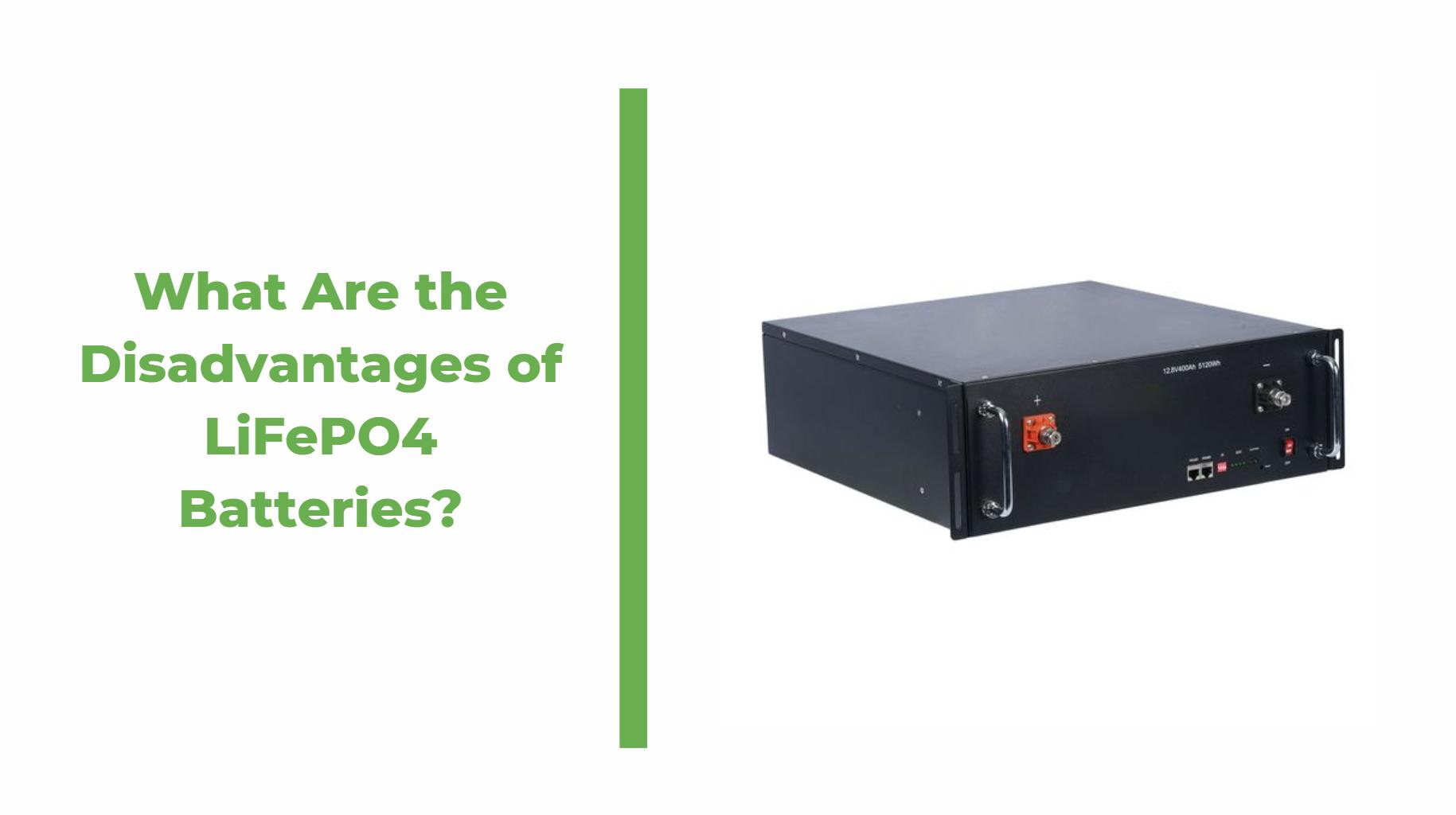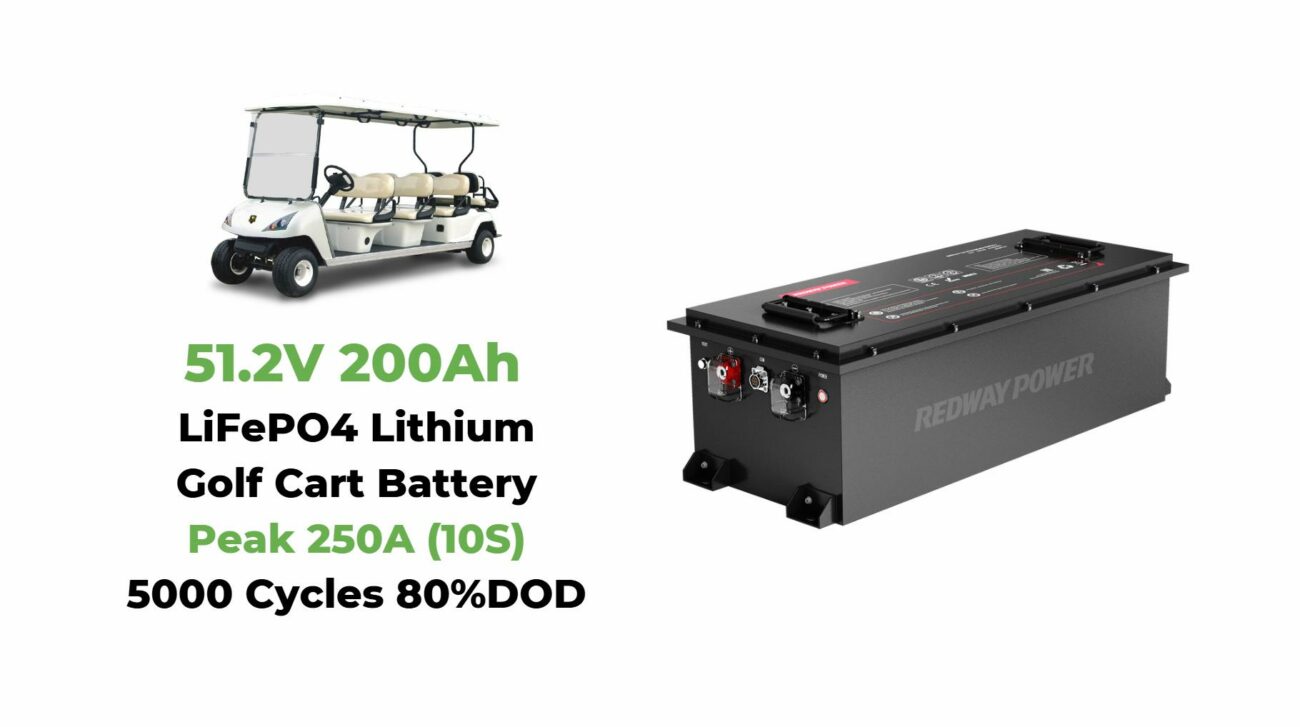
What Are the Disadvantages of LiFePO4 Batteries?
What Are the Disadvantages of LiFePO4 Batteries?
LiFePO4 (lithium iron phosphate) batteries offer safety and longevity but face limitations like higher upfront costs, lower energy density, voltage compatibility issues, temperature sensitivity, and weight. While durable, these factors make them less ideal for applications requiring compact energy storage or extreme temperature operation compared to other lithium-ion variants.
What Happens If a LiFePO4 Battery Gets Wet? Can Lithium Batteries Get Wet?
How Do LiFePO4 Batteries Compare in Cost to Other Lithium-Ion Batteries?
LiFePO4 batteries cost 20-50% more upfront than lithium-ion alternatives like NMC or LCO due to raw material expenses and lower energy density. However, their extended lifespan (2-4x longer) reduces long-term costs. For example, a 100Ah LiFePO4 battery costs ~$500, while NMC variants average ~$350 but require replacement sooner.
| Battery Type | Upfront Cost (100Ah) | Cycle Life | 10-Year Cost |
|---|---|---|---|
| LiFePO4 | $500 | 3,500 cycles | $700 |
| NMC | $350 | 1,200 cycles | $1,050 |
The cost differential becomes particularly significant in high-cycling applications like solar energy storage. While LiFePO4 requires greater initial investment, its degradation rate of 0.03% per cycle versus NMC’s 0.1% means replacement costs are reduced by 60-70% over a decade. Commercial users often achieve ROI within 4-5 years due to reduced downtime and maintenance expenses.
What Energy Density Limitations Exist in LiFePO4 Batteries?
LiFePO4 batteries provide 90-120 Wh/kg versus 150-200 Wh/kg in NMC batteries. This 25-40% lower density means larger physical size for equivalent capacity. Electric vehicles using LiFePO4 require 30% more battery space to match NMC range, making them less suitable for weight-sensitive applications like drones or premium EVs.
This density limitation stems from the olivine crystal structure of LiFePO4 cathodes, which provides thermal stability but reduces electron mobility. Recent advances in nanotechnology have improved energy density to 160 Wh/kg in lab settings through cathode nanostructuring, though commercial production remains challenging. For portable electronics where space constraints dominate, this gap forces designers to choose between safety (LiFePO4) and compactness (NMC).
How Does Temperature Affect LiFePO4 Battery Performance?
LiFePO4 batteries lose 15-25% capacity at -10°C and up to 50% at -20°C. Charging below 0°C risks lithium plating. High temperatures above 45°C accelerate degradation, reducing lifespan by 30-40% compared to NMC’s 15-20% degradation at similar temperatures. Built-in heating systems add 10-15% cost and complexity for cold climate operation.
| Temperature | Capacity Retention | Charging Efficiency |
|---|---|---|
| -20°C | 50% | Not Recommended |
| 25°C | 100% | 98% |
| 60°C | 85% | 92% |
Advanced thermal management systems using phase-change materials can mitigate these effects but increase pack weight by 8-12%. Arctic applications often pair LiFePO4 with vacuum-insulated enclosures, maintaining operational temperatures between -5°C to 35°C. These solutions add 20-30% to system costs but enable reliable performance in extreme environments.
“While LiFePO4’s safety profile is unmatched, the industry underestimates system integration costs. Our 2023 study showed 42% of solar installations using LiFePO4 required additional voltage converters and thermal management, increasing total project costs by 18-22% compared to NMC systems,” notes Dr. Elena Voss, battery systems researcher at GreenTech Innovations.
FAQs
- Can LiFePO4 batteries explode like other lithium batteries?
- LiFePO4’s stable chemistry makes thermal runaway virtually impossible, with <0.1% failure rate vs 2-5% in NMC.
- How many cycles do LiFePO4 batteries actually deliver?
- Properly maintained LiFePO4 achieves 3,000-5,000 cycles at 80% DOD, outperforming NMC’s 1,000-2,000 cycles.
- Are LiFePO4 batteries truly maintenance-free?
- While no watering is needed, they require annual cell balancing and SOC calibration for optimal performance.

